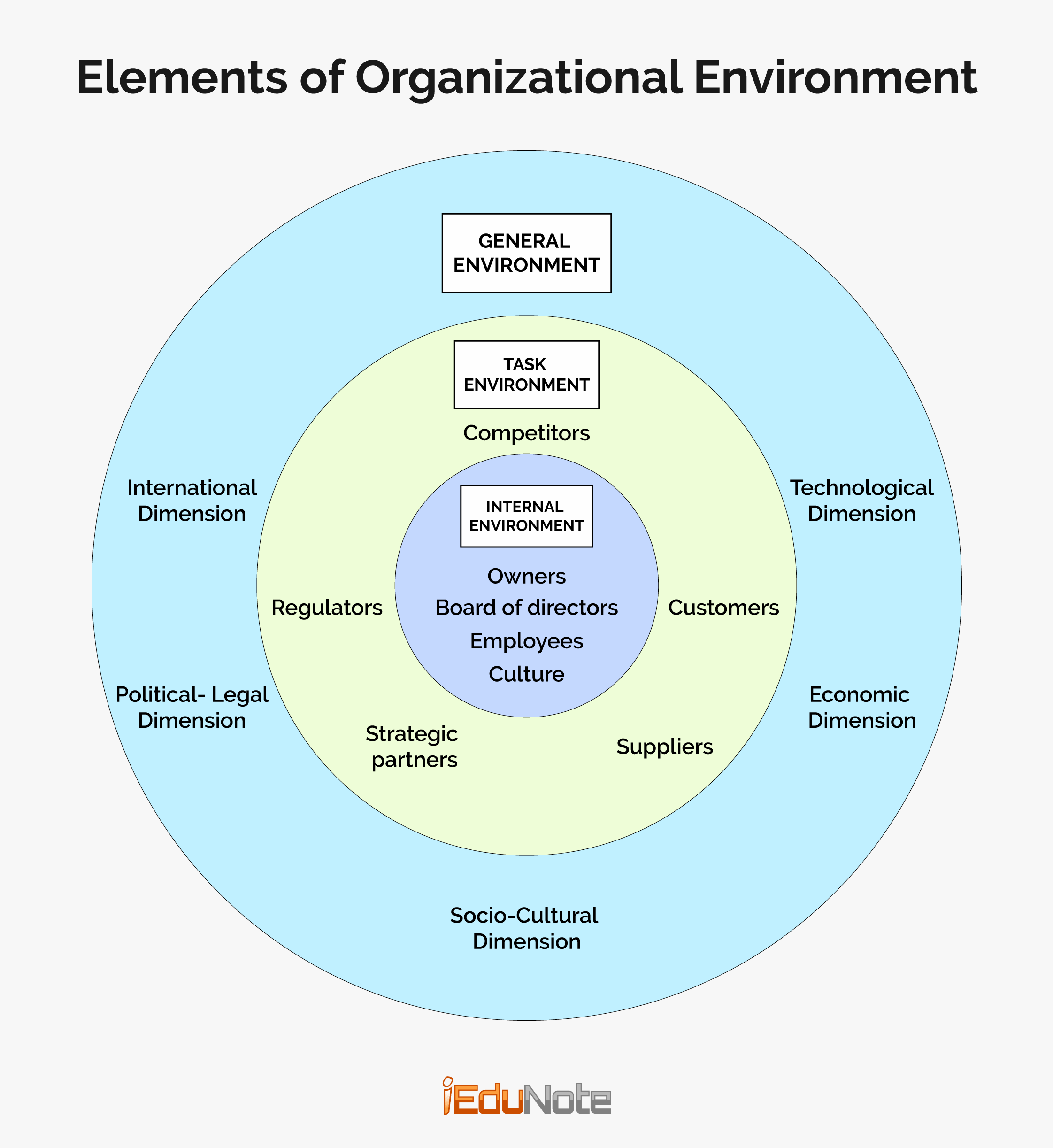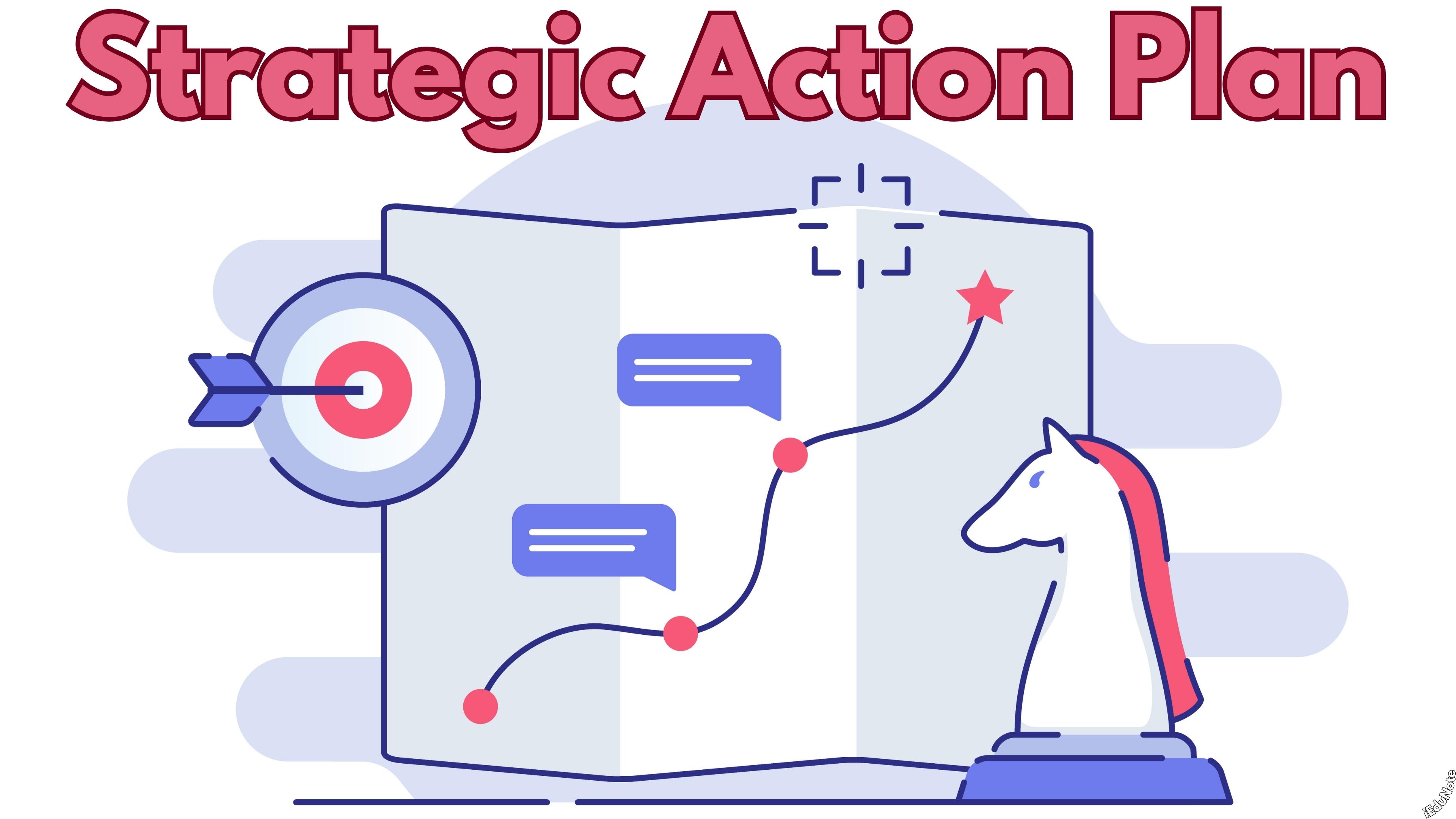Industry Life Cycle shows the five stages the industry goes through. The 5 stages are; introduction or embryonic, growth, shakeout, maturity, and decline.
As organizations compete with one another, the competitive dynamics change. There is a change in the number of competitors, the competitive thrust, profitability, intensity of rivalry, and the emphasis on innovation.
These changes have been shown in the industry life cycle, which is an S-shaped curve similar to the product life cycle curve. The main life stages are – embryonic, growth, shakeout, maturity, and decline.
Five stages of the industry life cycle

Introduction/Embryonic
Firms in the introduction stage are busy creating awareness about the product/service and educating the customers.
At the introduction stage, where the firm’s competition is none or very low, innovation is at maximum, and investment in distribution channels and marketing is very high.
If a firm can develop proper distribution channels, increase consumer awareness, and provide a better quality product or service, then the rest of the competition will see sales numbers grow.
So at the introduction/embryonic stage;
- innovation is the highest,
- high focus on distribution channels,
- large investment in marketing to establish consumer awareness.
Growth
At this stage, a strong firm’s growth rate of sales and market share accelerates. A standard for the product is imposed or agreed upon by the government and other standard-setting agencies.
The innovation process is looking for ways to improve the existing product by creating a better manufacturing process, delivery method, and more.
Firms try to optimize their marketing, distribution channel, and product to maximize the market share and reduce competition.
So at the growth stage;
- sales rate increases for strong firms,
- market share grows,
- industry standards are set,
- innovation is for making existing products better.
Shakeout
During the shakeout stage of the cycle, the percentage growth rate declines. Firms face competition for market share from other firms.
Firms that are weak in their innovation, marketing, customer support, product quality, and after-sales support; start to lose market share and eventually are forced out of the industry.
On the other hand, strong firms start to gain more market share.
At this stage, competitors have a fierce battle based on price wars; capacity within the industry grows, but the demand does not keep pace.
Unviable organizations lose out in this phase.
So at the shakeout stage;
- strong firms start to gain more market share,
- and strong innovation, marketing, customer support, product quality, and after-sales support are needed to increase sales,
- Competition increases and companies use marketing and pricing techniques to grow among the competition.
Maturity
At this stage, the market reached the maximum size where industry growth is likely zero or negative.
Companies that are strong in policy and sales numbers survive and totally dominate the marketplace. The market situation basically becomes an oligopoly where only a few large firms exist.
Sales numbers are due to replacement, repeat purchases, there is no other alternative, or people looking to buy older generation products to save a few bucks.
In the maturity stage;
- Consumer awareness is maximum,
- The firm enjoys an oligopoly market,
- Alternatives of the product are little or no,
- Industry growth is flat.
Decline
At this stage, the sales number drops to very low. This drop-in sale could be because of the internal and external environments; such as;
- A new alternative product has immersed,
- Rules and regulations changes,
- Issues with the supply of raw materials,
- Increased level of competition from other firms and more.
In the decline stage; a firm has four strategic options; Exit, Harvest, Maintain, and Consolidate.
Final Words: The industry life cycle shows where the company is winning and Losing to the Competition
Consumers are classified into 5 adopter categories, where 5 types of customers or adaptors will fall into 5 stages of the industry life cycle.
The introduction stage is the initial stage, where the competition is not severe.
The early entrants are busy creating awareness about the product/service and educating the customers. The personal computer industry of the early 1970s was in this stage. Investments go to distribution channels and designs.
These help the industry to move forward, grow among the competition and gain market share.
Organizations that can set up distribution channels and resolve design problems faster gain an advantage over the other players.
The introduction stage is the initial stage, where the competition is not severe.
The next stage is the growth stage, where the demand is expanding rapidly. Scale economies happen, and prices fall.
Customers are more aware of the product, and rivalry is building up though not intense. If the growth is rapid new entrants can be absorbed.
As the demand slows and is reduced to replacement demand, companies focus on cost-cutting.
Those organizations which have been able to have a low-cost position and brand loyalty survive.
If there is a high rate of technological obsolescence and it does not make sense for existing players to invest in technology or if the demand for the product is going down because the consumer segment is declining, the industry enters the decline phase.
There is excess capacity, and the exit barriers can precipitate price wars again. The industry life cycle analysis enables managers to understand at what point to alter their strategies.
For example, a prudent manager would change gears during early growth and invest in technology to avoid the intense competition of a shake-out.

